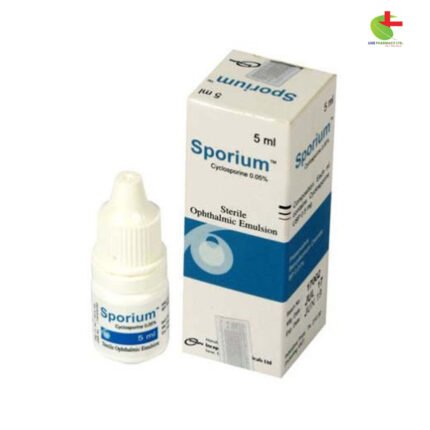Nomopil 2
50.00৳ Strip
- Nomopil (Repaglinide) is used to manage Type 2 diabetes mellitus (NIDDM).
- It stimulates the pancreas to release more insulin, lowering blood glucose.
- Typically used with diet and exercise, and can be combined with other medications.
- Effective for patients whose blood sugar is not controlled by diet and exercise alone.
 Brand
Brand
|
Incepta Pharmaceuticals Ltd |
|---|---|
 Generics
Generics
|
Repaglinide |
 Type
Type
|
Tablet |
Indications:
Nomopil is used alongside diet and exercise to help lower blood glucose in patients with Type 2 diabetes mellitus (NIDDM) whose hyperglycemia is not adequately controlled by diet and exercise alone. It can also be used in combination with Metformin for patients who are not achieving adequate blood glucose control with diet, exercise, or either Nomopil or Metformin alone.
Consult with a registered healthcare provider for proper dosage and usage.
Description:
Nomopil is an oral blood-glucose-lowering medication belonging to the meglitinide class, designed to help manage Type 2 diabetes (NIDDM). It works by stimulating the pancreas to release more insulin, with a rapid onset of action and quick elimination, thus helping control post-meal blood glucose spikes.
Pharmacology:
Nomopil (Repaglinide) binds to specific receptors in the pancreatic cell membrane. This leads to the closure of ATP-dependent potassium channels, causing cell depolarization, calcium influx, and the release of insulin.
Dosage & Administration:
- For patients not previously treated or with HbA1c <8%, start with 0.5 mg before each meal.
- For patients with HbA1c >8% or switching from other glucose-lowering drugs, start with 1-2 mg before each meal.
- Nomopil should be taken immediately or up to 30 minutes before meals.
- The dose may be adjusted at 1-2 week intervals based on response, with a maximum of 16 mg per day.
Always follow your healthcare provider’s guidance for personalized dosage recommendations.
Drug Interactions:
- CYP 3A inhibitors (e.g., azole antifungals, macrolides) may reduce Nomopil clearance and prolong its half-life.
- CYP 3A inducers (e.g., Rifampin, Phenobarbital) may speed up Nomopil metabolism, reducing its effectiveness.
- Cimetidine has no significant effect on Nomopil absorption or clearance.
- Highly protein-bound drugs (e.g., NSAIDs) may increase the plasma level of Nomopil, increasing the risk of hypoglycemia.
- Caution is needed when used with other hypoglycemic agents and certain drugs such as salicylates, sulphonamides, and adrenergic blockers.
Contraindications:
Nomopil should not be used in patients with:
- Diabetic ketoacidosis, with or without coma.
- Type 1 diabetes mellitus.
- Known hypersensitivity to repaglinide or any of its inactive ingredients.
Side Effects:
The most common side effect is hypoglycemia (low blood sugar). Other side effects include:
- Upper respiratory tract infections.
- Gastrointestinal symptoms such as diarrhea, constipation, nausea, and vomiting.
- Hypersensitivity reactions like rashes and urticaria.
Pregnancy & Lactation:
- Pregnancy Category C: The safety of Nomopil during pregnancy has not been fully established. It should only be used if the potential benefits outweigh the risks.
- Lactation: It is unknown whether Nomopil is excreted in human breast milk. Due to the potential for adverse reactions in nursing infants, a decision should be made whether to discontinue breastfeeding or the medication.
Precautions & Warnings:
- During illness or surgery, insulin may be required temporarily.
- Hypoglycemia is a potential risk with all oral hypoglycemics, so Nomopil should be taken with meals to reduce this risk.
Overdose Effects:
In case of overdose, hypoglycemia may occur but can generally be managed with meals. Severe hypoglycemia with coma or seizures is rare but may occur with extremely high doses.
Therapeutic Class:
Meglitinide Analogues – A class of oral blood-glucose-lowering medications.
Storage Conditions:
Store Nomopil below 30°C, away from light and moisture, and keep out of reach of children.













Reviews
There are no reviews yet.